Two Barred Rabbitfish
$74.99
-
Select Variant
The Two Barred Rabbitfish, also called The Barred Spinefoot, usually travels in pairs around reefs that are found in Indo-West Pacific. It has an oblong-shaped shape to its body . It features a stunning series of blue marks with a yellow tail and back. Its eyes are obscured in a black line that extends from the top of the mouth towards the crown of the head and it has a similar black stripe on that gill plate.
It needs an aquarium with a capacity of 120-gallon or greater. It is a tranquil species unless it is housed in a group with other Rabbitfish. Two Barred Rabbitfish may be kept with fish that are more aggressive and are often placed in pairs. The predators of this fish will usually ignore it due to its spines in the dorsal region that contain venom that it may raise in the event of being disturbed. Be cautious when handling this fish in order to keep from getting injured by its venomous dorsal spines. Rabbitfish are generally safe for reefs if they are fed properly and consume all types of macro-algae and bubble algae. If they're not, it's likely that they will nibble at and eat some species of LPS as well as soft corals.
Its diet is comprised of an assortment of fresh vegetables as well as algae. It may nip or consume some hard and soft coral polyps.
Approximate Purchase Size: Small: 1" to 2"; Medium: 2" to 3"; Large: 3" to 5"
- Description
- Additional Information
- Reviews
General information regarding Two Barred Rabbitfish
The Two Barred Rabbitfish usually travels in pairs around coral reefs in the Indo-West Pacific. It is oblong-shaped. It features beautiful blue and yellow markings on its tail and back. Its eyes are obscured in a black line that extends from the top of the mouth up towards the top. It includes a black stripe that runs behind the plate of the gill. It requires a large home aquarium. It is a peaceful species, except when it is kept with other Rabbitfish. The Two Barred Rabbitfish may be kept with fish that are more aggressive and are often placed in pairs. The predators that hunt it will ignore it due to its dorsal spines that contain venom that it could raise in the event of being disturbed. It is important to be cautious when handling the fish to keep from getting infected by its venomous spines. Rabbitfish are generally safe for reefs if they are fed properly and consume all types of macro-algae and bubble algae. If not, it's likely that they will nibble at and eat certain kinds of soft and LPS corals.
size
Large, Medium, Small
Units
1
Weight
6 lbs
Dimensions
1 × 1 × 1 in

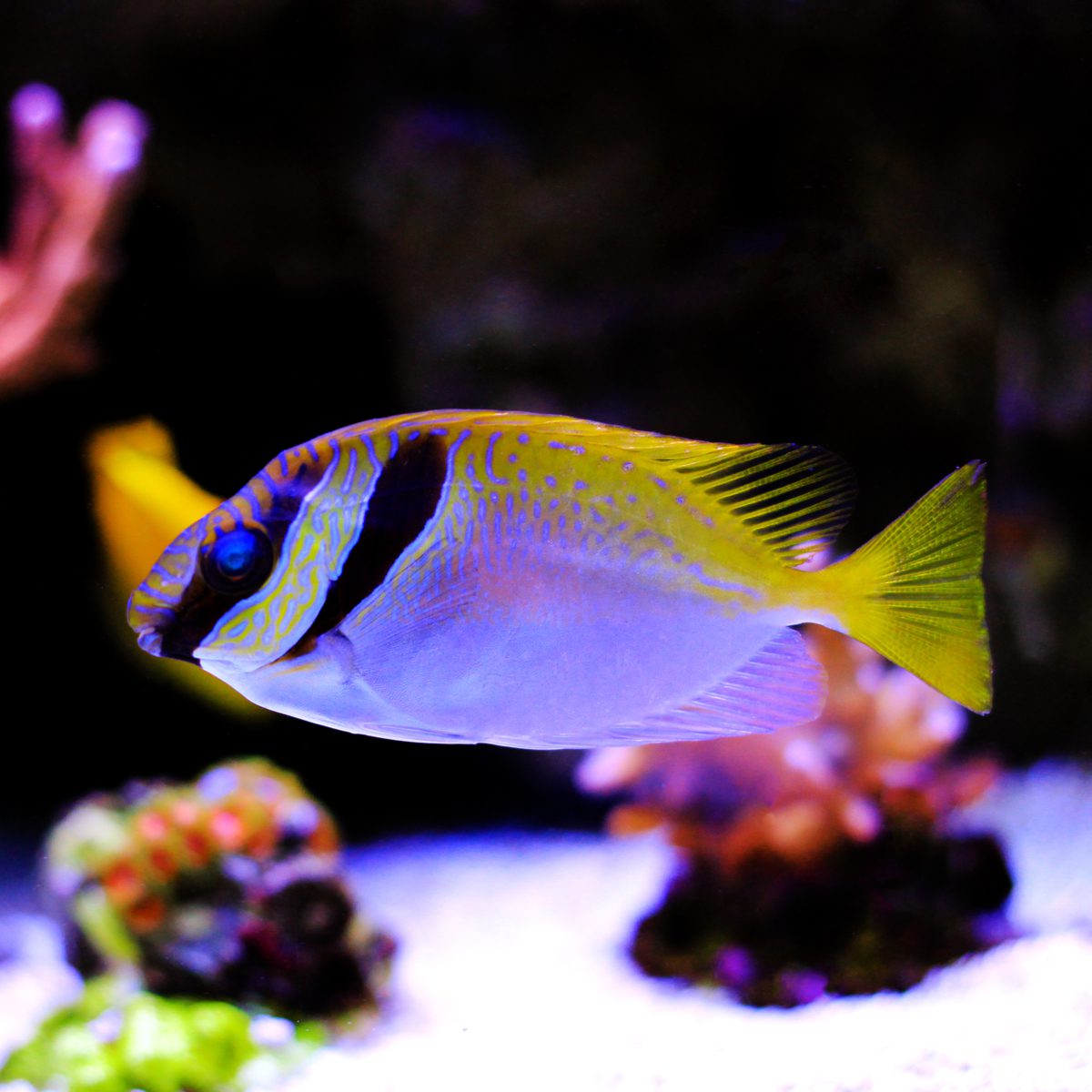
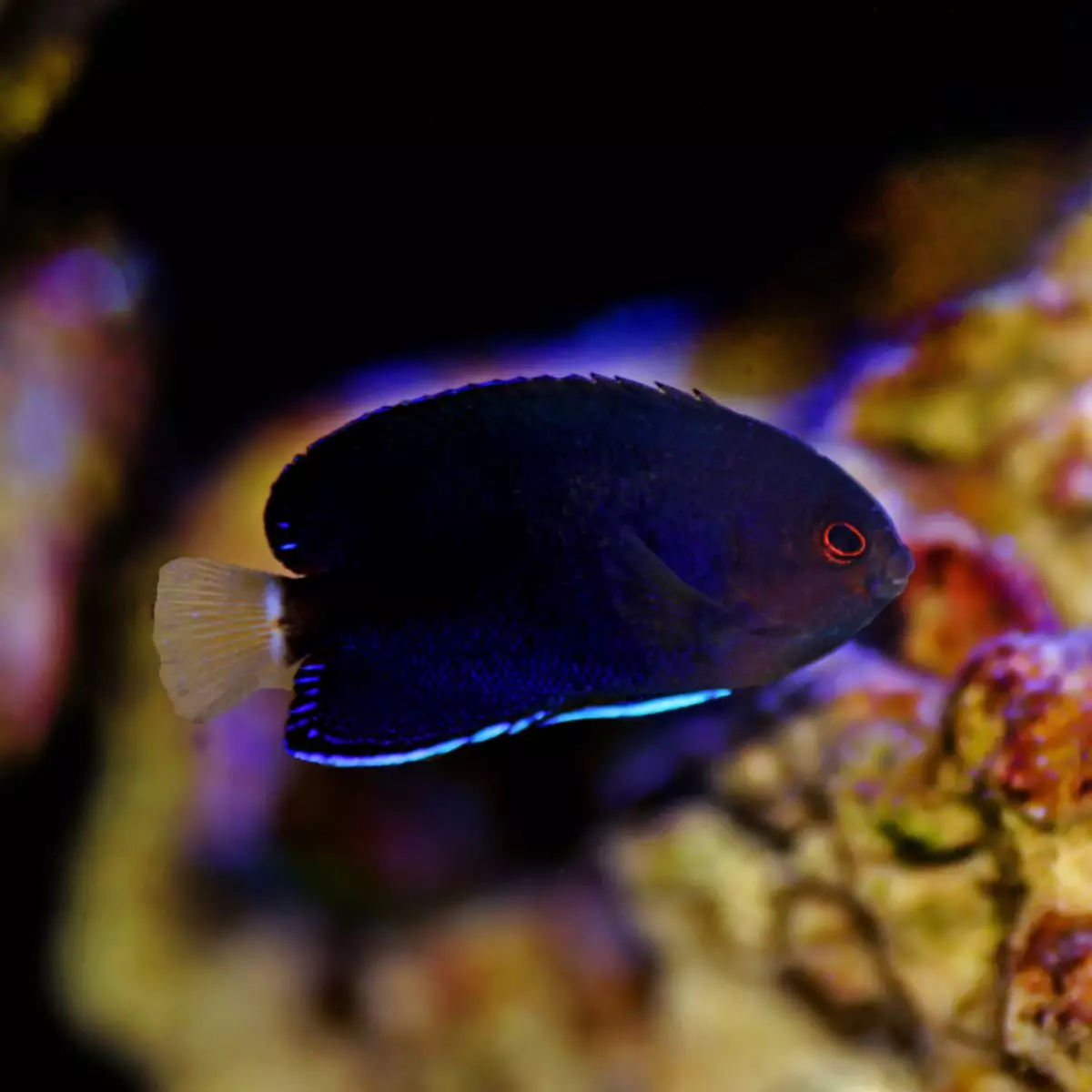
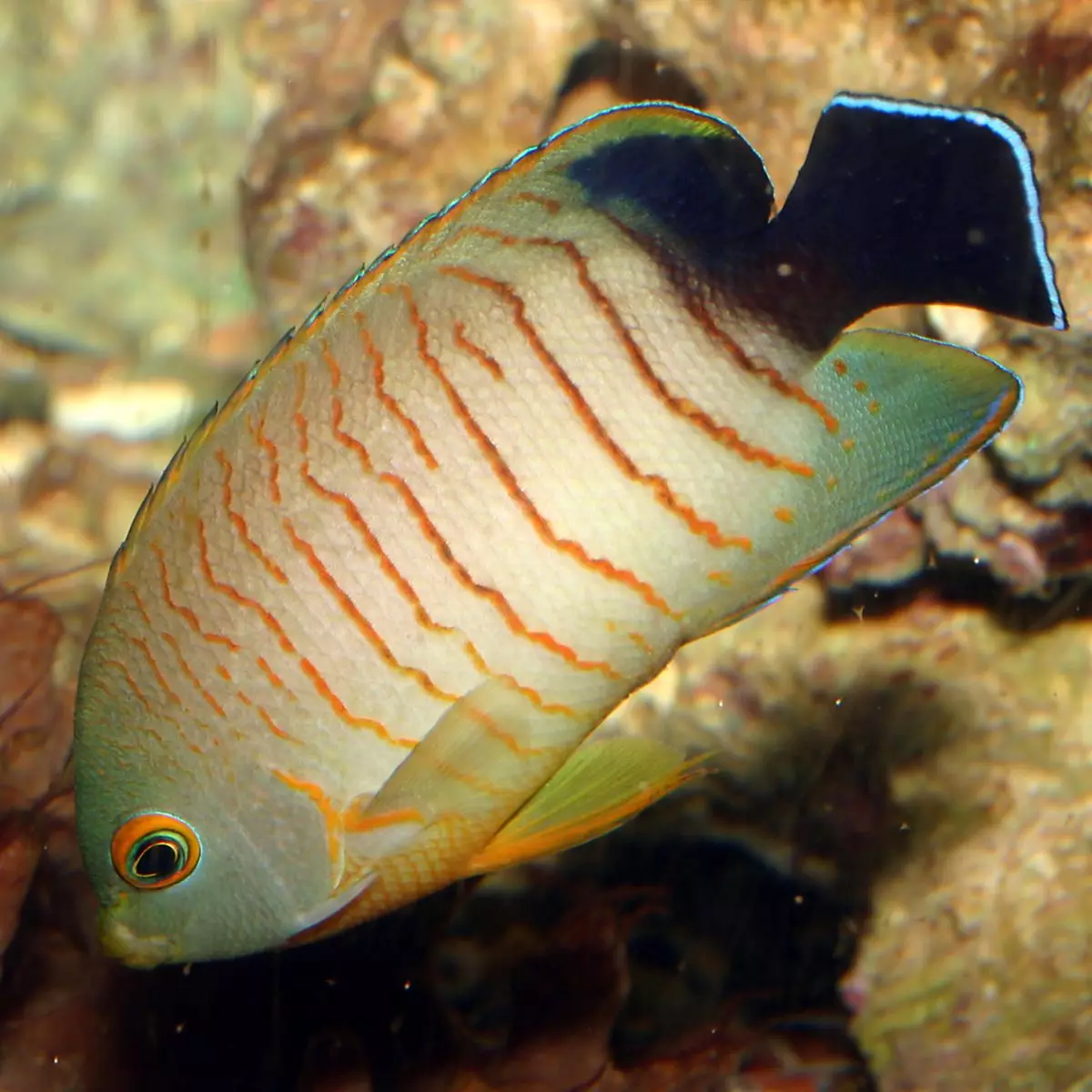
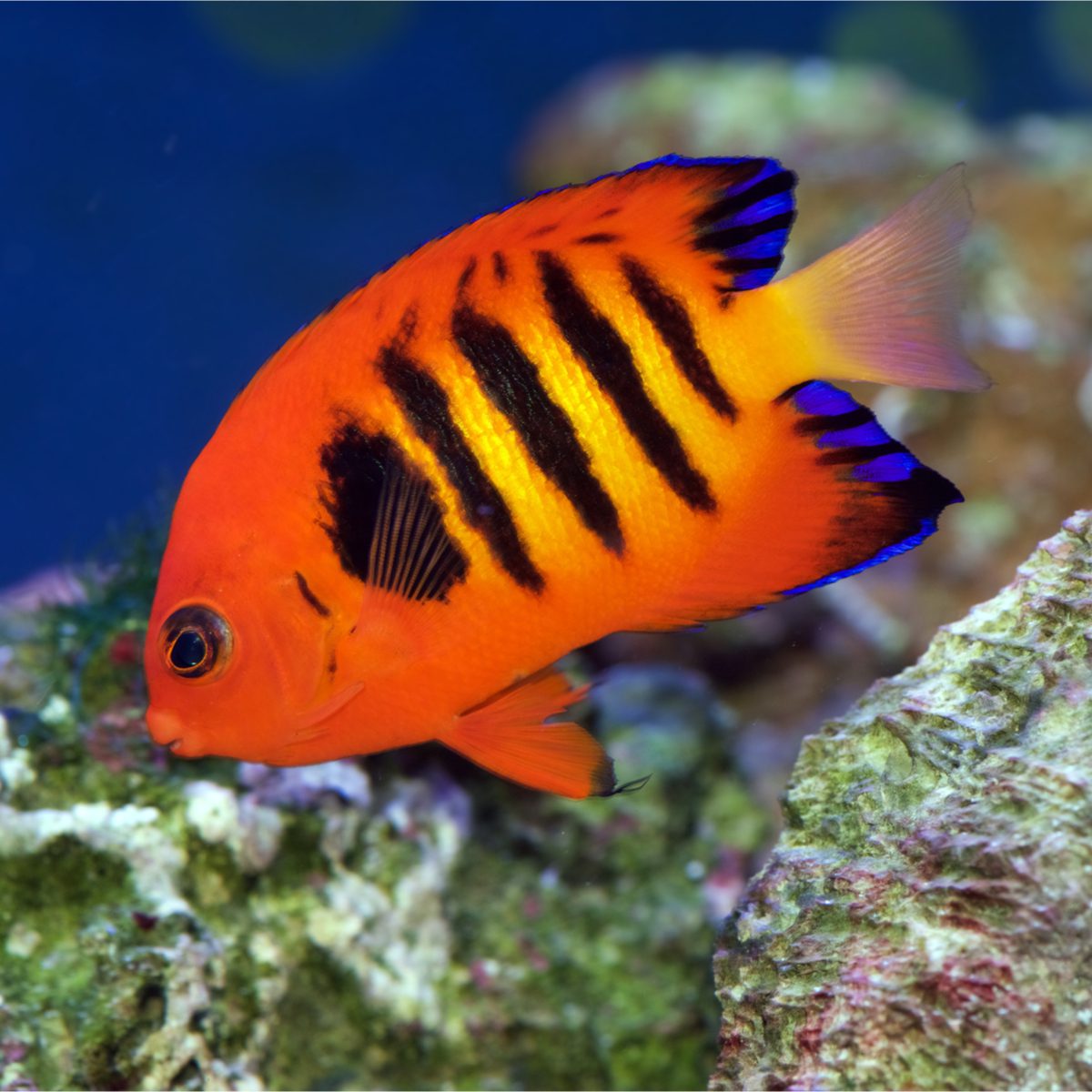
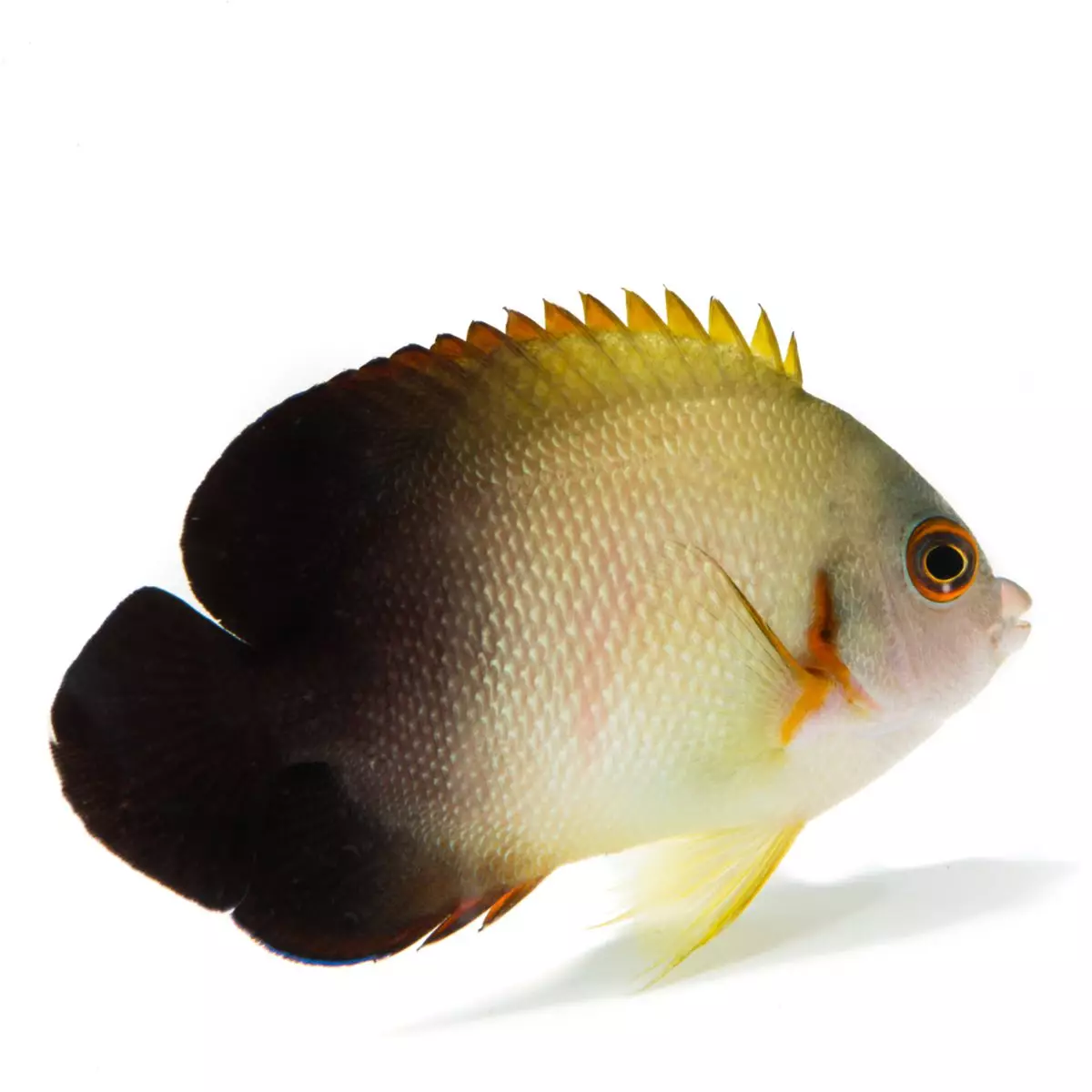
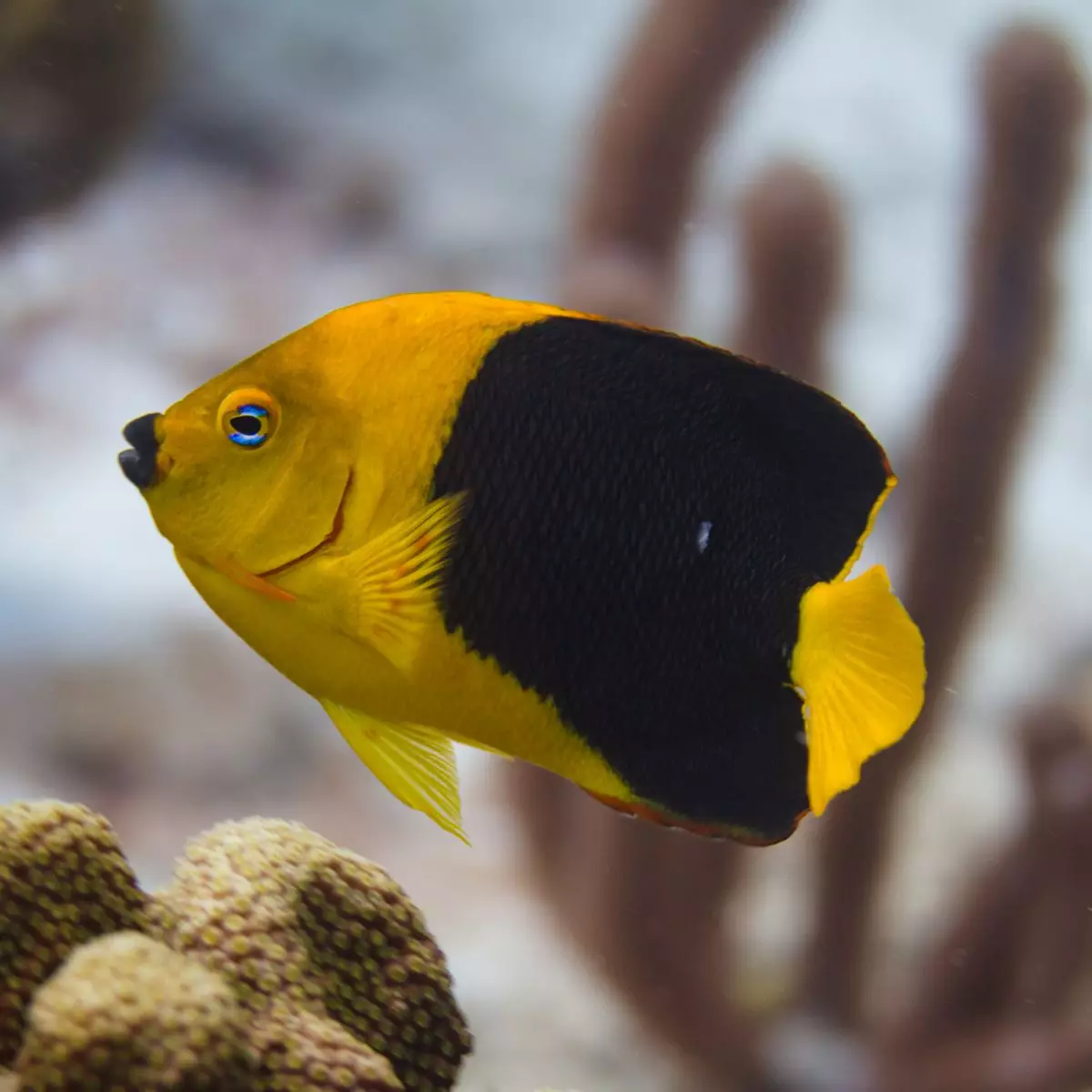
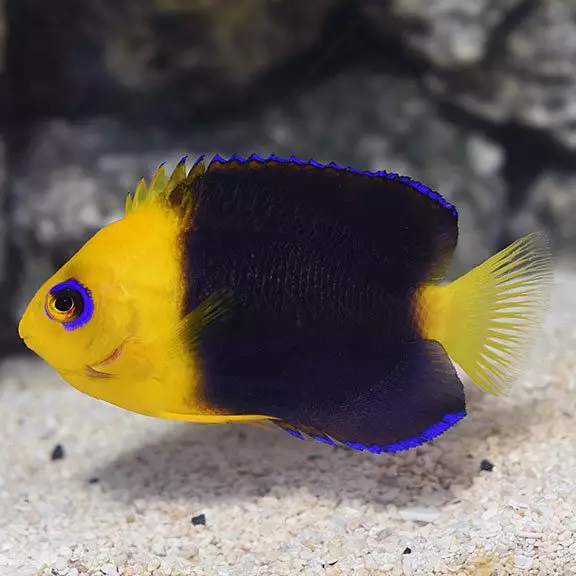
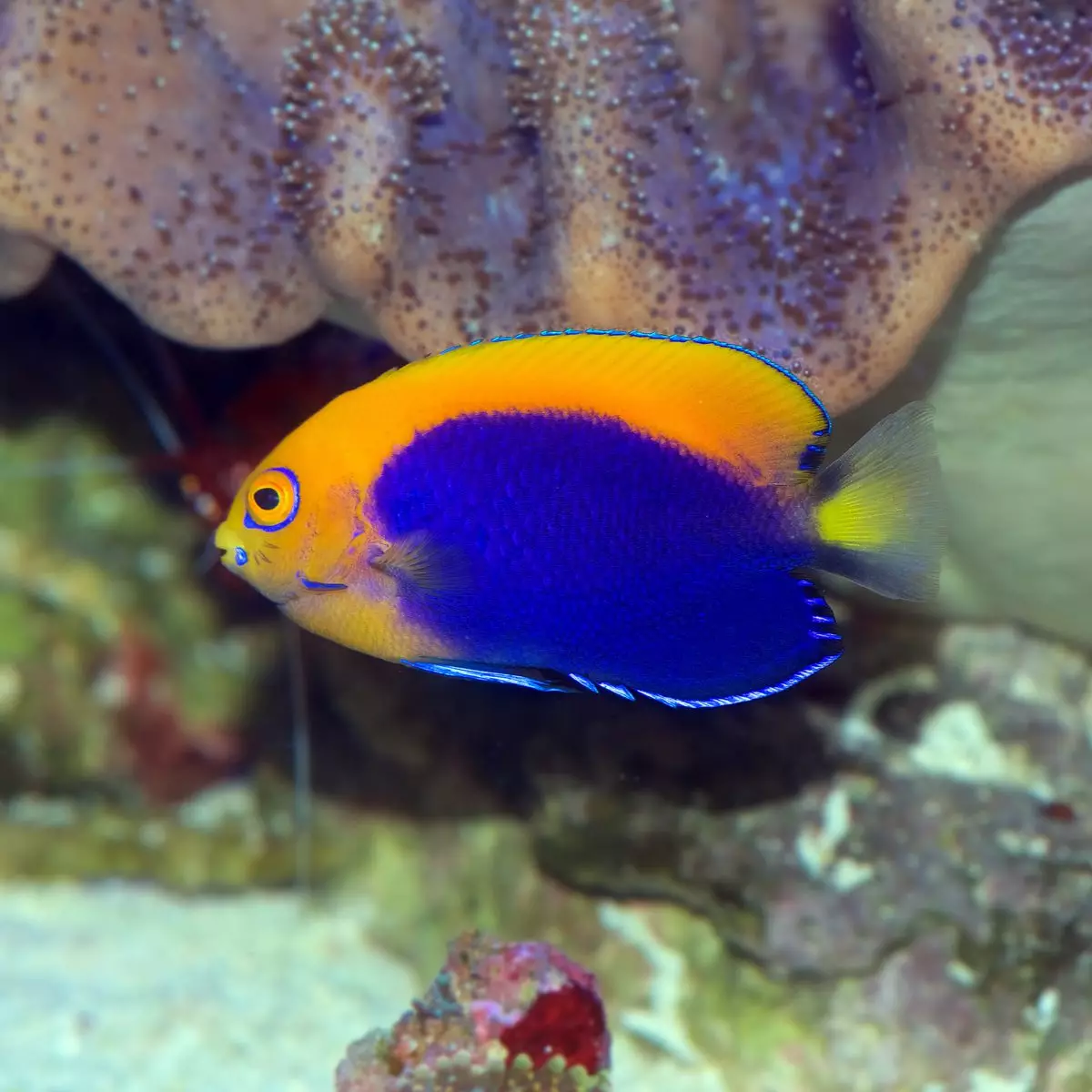


Reviews
There are no reviews yet.